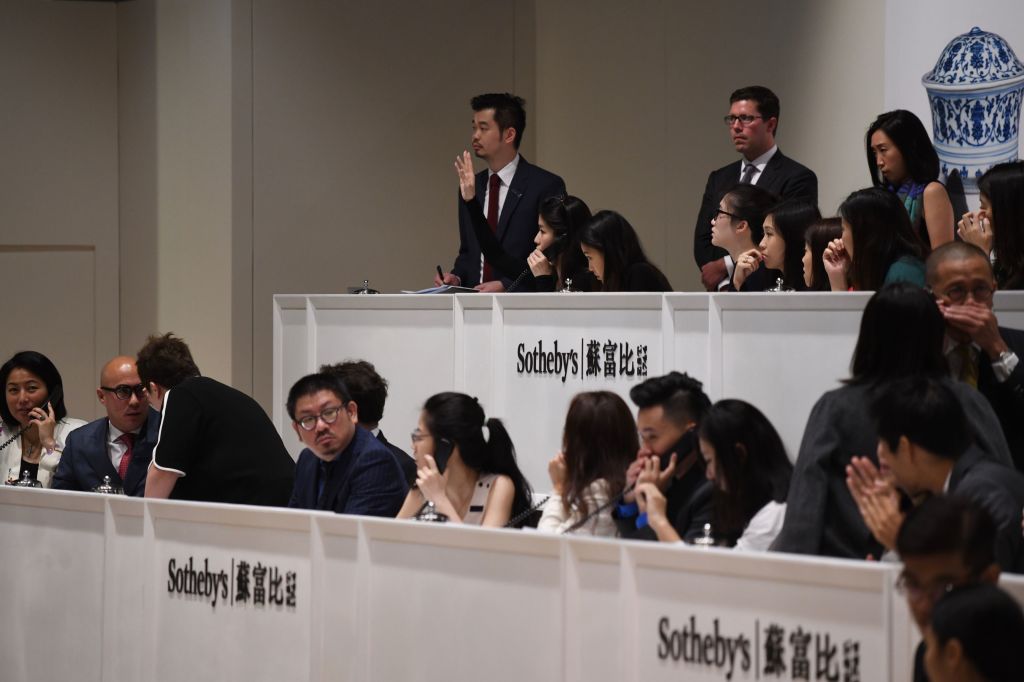
Sotheby’s has reported its second-highest totaling fine art sales in Hong Kong, which took place between April 27 and May 3 and brought in HK $3.9 billion (USD $496 million).
The sales were led by a new all-time record for a work by the Chinese painter Zhang Daqian, whose scroll, Landscape after Wang Ximeng, soared past its high estimate of HK $70 million ($8.92 million) to land at HK $370 million (USD $47.2 million).
Daqian, who was born in Sichuan province in 1899 amid the final years of the Qing Dynasty, died in 1983 after a long and prolific career. Though he began as a forger, copying works by the likes of Shitao (1642–1707) and Bada Shanren (1626–1705), he developed into a master in his own right.
Known for the art of guanxi, he is estimated to have painted approximately 500 artworks a year, ranging from intricately detailed scrolls and paintings of expressive splashed-ink landscapes, to portraits and decorative objects, all deeply rooted in Chinese tradition.
In 2011, demand for Daqian’s work at auction peaked, with sales exceeding $770 million. That same year, Chinese domination of the art market was palpable, with Chinese artists making up six of the world’s top-ten selling artists, including Daqian, whose demand usurped even that of Picasso.
According to the Artnet Price Database, demand for Daqian’s works have dipped a bit since, with 2012 sales totaling only $266 million. Since 2012, demand for his art has remained relatively steady, with works trading hands for a total of $200 million to $350 million each year.
Prior to the record-breaking sale of the Daqian, his previous auction record, for a hanging scroll made in 1982, was achieved in 2016, also at Sotheby’s Hong Kong. The work, Peach Blossom Spring, shattered its high estimate of $6.4 million to hit a final price of $34 million, more than five times its original estimate, including fees.
Part of what makes Daqian’s art so enduring, critics say, is that he worked within the literary tradition of Chinese scroll painting, styling himself as a mythical figure dressed in long scholar’s robes, topped off with a long, lush, white beard. News reports of his highly publicized meeting with Pablo Picasso in 1956 presented it as a genre-defying encounter of East and West, which only added to Daqian’s mystique.
Later this month, Christie’s Hong Kong will present a number of lots by the artist, including a number of folding fans made with a pre-sale estimate of HK$200,000 to $300,000 ($25,480 to $38,220), as well as a hanging scroll titled Temple by the Waterfall, which has a a pre-sale estimate of HK$60,000,000 to $80,000,000 ($7,600 to $10,000).
Part of what makes the demand for Daqian’s work so stable are the buying habits of Chinese connoisseurs, who tend to purchase art that reflects uniquely Chinese tastes. While the demand for luxury goods in China tends to follow Western tastes, Chinese art buyers, on the other hand, typically prefer works by 15th-century Chinese masters or modern artists like Daqian, whose work references the centuries-old cultural traditions of the country’s remarkable literary history.